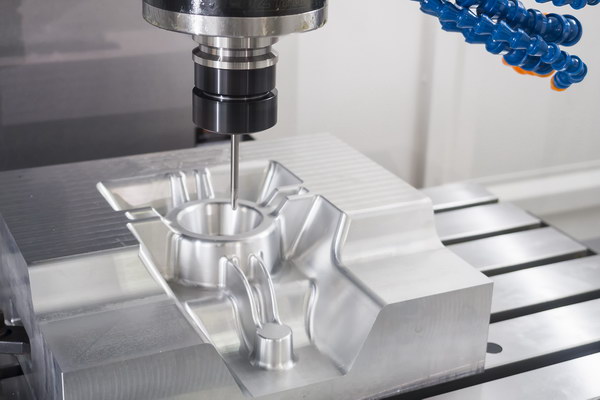The Transformative Impact of 3D Printing on Sheet Metal Fabrication+ View more
Unveiling the Hidden Risks
However, with any new technology, there are inherent challenges and risks. The integration of 3D printing into the sheet metal industry is not without its potential downsides. The quality of the printed parts can be variable, depending on the precision of the printer and the material used. There's also the concern of intellectual property theft, as digital designs can be more easily copied and distributed. Additionally, there is a significant upfront cost in acquiring high-quality 3D printers, which can be a barrier to entry for smaller operations.
Advantages Over Traditional Methods
Despite these challenges, the advantages of 3D printing are substantial. Traditional sheet metal fabrication methods involve cutting, bending, and assembling processes that can be time-consuming and labor-intensive. 3D printing, on the other hand, allows for the creation of parts and components in a single process, reducing the need for multiple manufacturing steps and the associated costs. Moreover, it reduces waste as it uses only the necessary amount of material to build the part, unlike traditional methods that trim away significant amounts of excess material.
Innovative Development Directions
Looking forward, the potential for innovation within the 3D printing space is vast. As the technology continues to evolve, we can expect to see faster printing times, stronger and more diverse materials, and even more complex geometries that were previously impossible to create. There is also a growing trend towards the sustainability of materials used in 3D printing, with research being conducted into eco-friendly options that can reduce the environmental impact. Furthermore, as software becomes more sophisticated, the integration of artificial intelligence could lead to smarter design processes, with systems capable of suggesting optimizations for strength, weight, and material usage.

